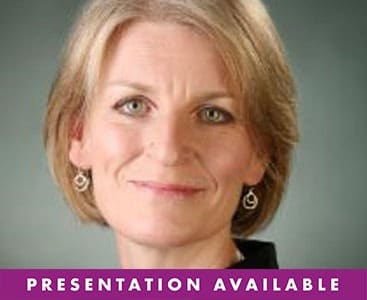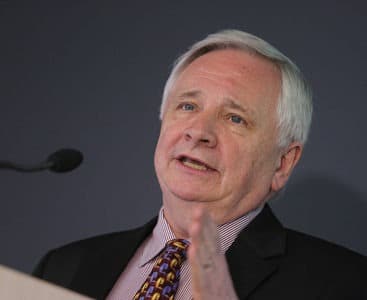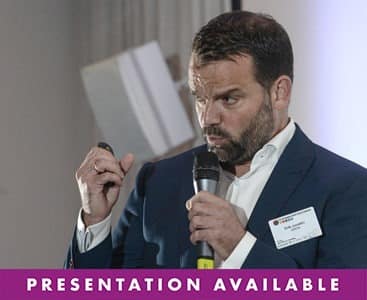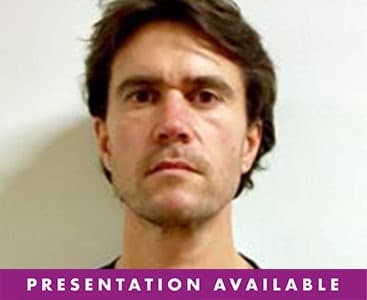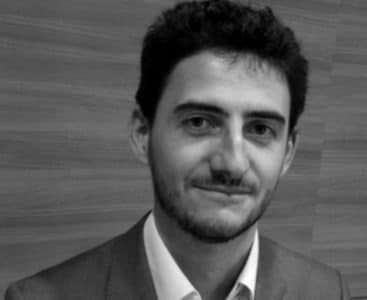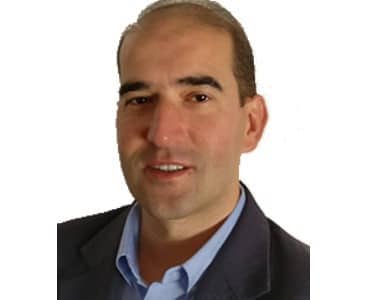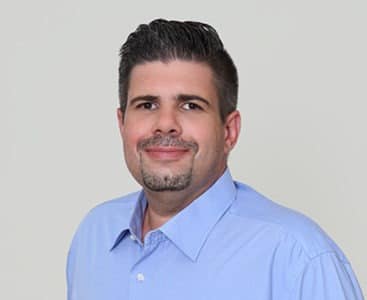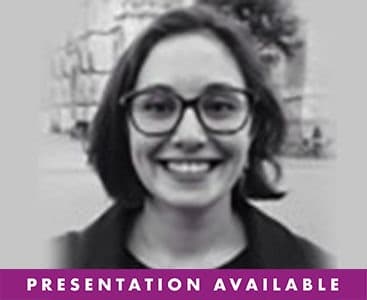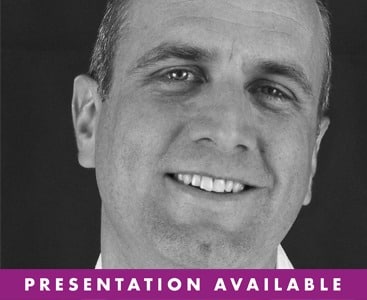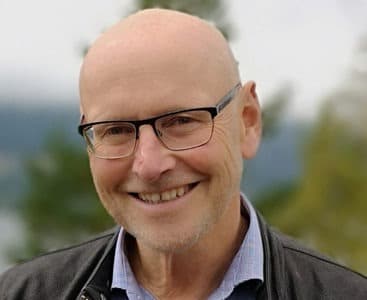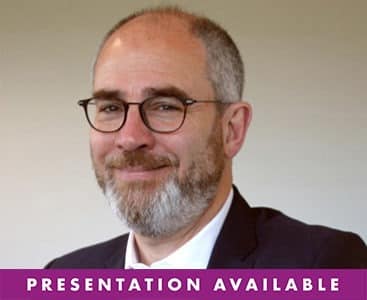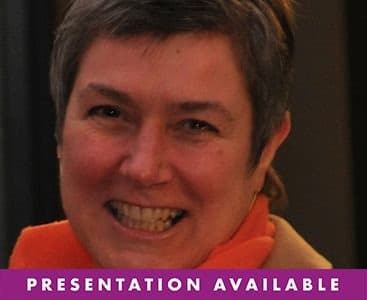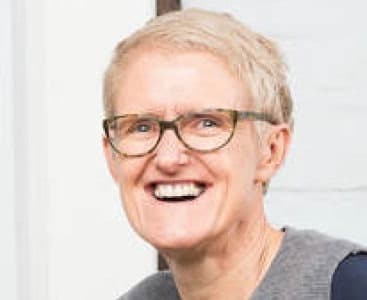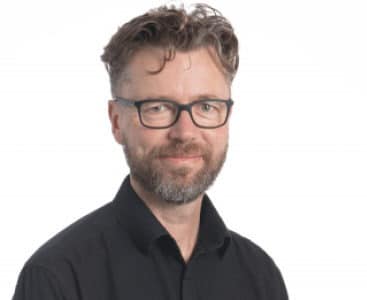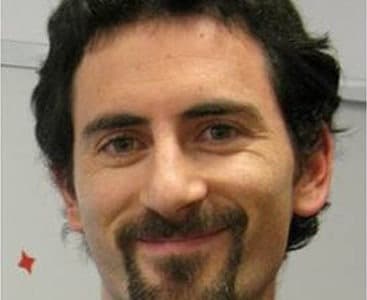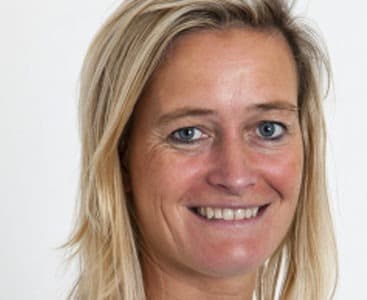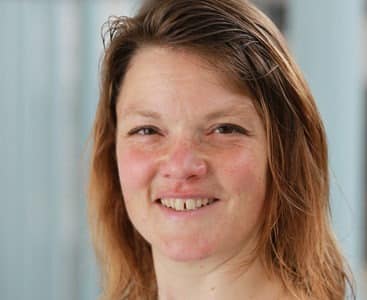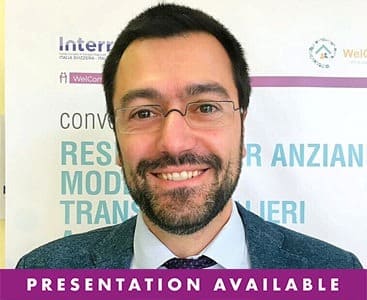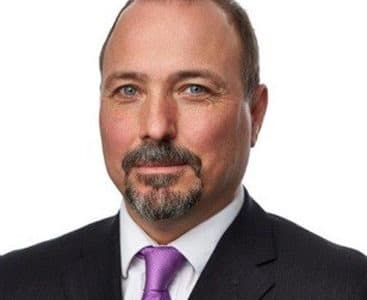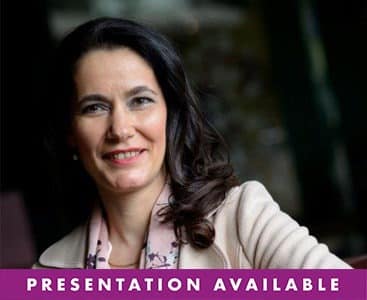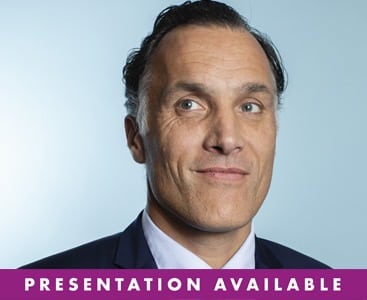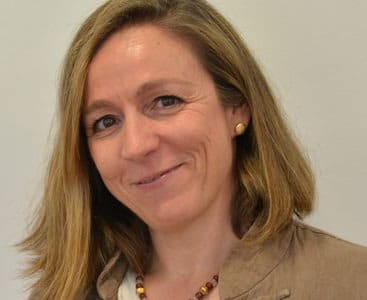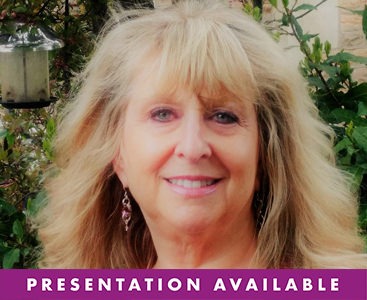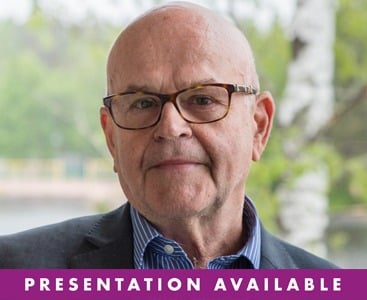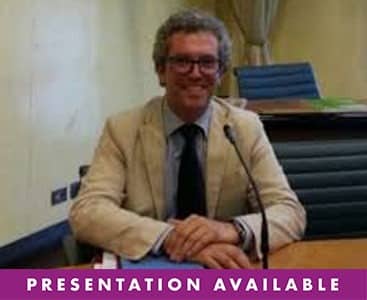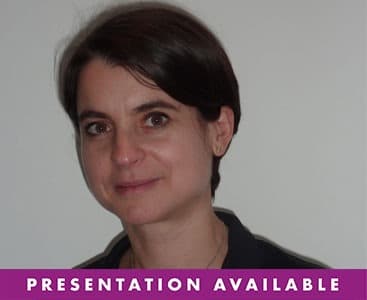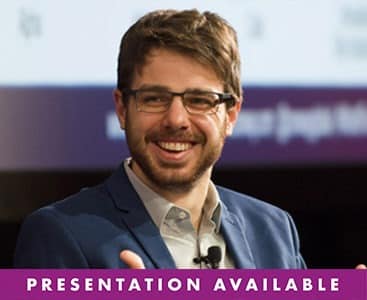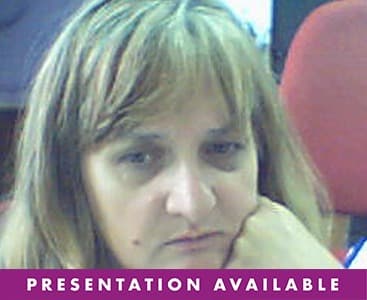DAY ONE - Tuesday, January 28th
How can healthcare innovations be faster scaled across Europe in the Silver Economy?
Adapting to the demanding healthcare systems and needs of the ageing population in Europe involves the development of innovative solutions and large-scale implementation of the most successful practices. The market yet remains fragmented as the pathway to growth and internationalisation may be hindered by financing requirements, regulatory constraints and market barriers. How to accelerate the delivery of technological and social innovations for healthy ageing across Europe? Which assessment and standardisation tools support the scaling-up? How to encourage industry players collaboration and facilitation of appropriate partnerships?
The plenary session aims to explore the key barriers and success factors for scaling-up innovative healthcare solutions. The panel of experts will provide comprehensive strategies to better advance innovation for active and healthy ageing at European level.
 Donna Henderson
Donna Henderson
Head of International Engagement
TEC & Digital Healthcare Innovation, NHS National Services Scotland
TRACK 1: The European senior care market challenges
DAY ONE - Tuesday, January 28th
How to better mobilise public and private investment for healthy ageing innovation at European scale?
The growing awareness on the needs and opportunities brought by an extended lifespan raises the challenge of financing the deployment and development of innovative solutions. While the main investment sources in innovation for healthy ageing depend on the public sector, how can governments stimulate private players to finance innovative projects? What investments are being made today in Europe and what types of investors are involved? Which funding instruments to create new synergies between public and private investors and leverage the funds’ destination and impact?
DAY TWO - Wednesday, January 29th
From bench to bedside: How to go from a European funded research project to the market in the senior care sector?
The EU has been working on establishing a strong framework for the definition and development of the Silver Economy in Europe. Several EU-funded initiatives have been launched to stimulate the market and support innovation projects. How to boost the implementation of these EU-funded projects? How to ensure they are integrated into commercially viable product, start-ups or services? Our panel of experts will discuss the do’s & don’ts for innovative solutions to further progress from niche products, to overcome market uncertainties and to establish strong business models.
Looking ahead to Silver care market access strategy and regulatory constraints: How to ensure their early integration in the R&D projects’ development?
Alongside IP strategies, having a clear regulatory strategy is crucial to avoid failure to approval. Clearly defining the final product regulatory framework and target markets is not to be overlooked. Therefore, it is key to integrate these parameters from the development phase. What are the pitfalls to be anticipated at the early stage of R&D?
 Christian Böhler
Christian Böhler
Researcher
The European Centre for Social Welfare Policy & Research
TRACK 2: Connected healthy ageing
DAY ONE - Tuesday, January 28th
Inside look at wearables and data: Which potential to tackle the loss of physical, cognitive or psychosocial autonomy of an ageing population?
An increasing diversity of wearables can be adapted for the older population and can be helpful in the early detection, monitoring and management of medical conditions. However, less is known about the effective use of wearables among elderly populations. This roundtable discussion aims to provide an overview of available technologies and solutions: What are their current use and actions? What are their current results and potential benefits both for patients and organisations? Which applications for the collected data?
 Ilona Buchem
Ilona Buchem
Professor for Media and Communication
Beuth University Berlin
 Renaud David
Renaud David
Psychiatrist
Nice University Hospital Memory Center
How is digital health transforming the relationships between patients and residents, health professionals and informal caregivers?
Relying on information technologies, digital health has the potential to deliver engaging, personalised, and improved care solutions, and can support an increasing number of caregivers. What are the consequences for the players involved? To what extent are digital solutions adding value to care delivery? How are informal carers and older adults adopting the technology? Is the generated data bringing new levels of accountability for caregivers and clinicians?
DAY TWO - Wednesday, January 29th
Digitally-enabled prevention: How are we moving to proactive care models and delaying the onset of older adults’ frailty ?
Frailty is mostly associated with an increased vulnerability of older adults such as a decrease in physical activity, low energy, unintentional weight loss and loss of grip strength. However, frailty is not an inevitable consequence of ageing and can be prevented and managed to foster a longer and healthier life. Which role are digital solutions playing in the early identification and assessment of frailty core features? How can they enable preventive measures to be applied in time? Which opportunities for improved and personalised geriatric interventions?
 Albert Alonso
Albert Alonso
Senior Researcher, Directorate of Research and Innovation
Hospital Clínic de Barcelona
 Francesco Barbabella
Francesco Barbabella
Research Fellow // Associate Researcher
Italian National Institute of Health and Science on Ageing (INRCA) // Linnaeus University – Sweden
 Alpana Mair
Alpana Mair
Head of Effective Prescribing and Therapeutics
Scottish Government
TRACK 3: Innovative prevention through nutrition for healthy ageing
DAY ONE - Tuesday, January 28th
Cognitive decline: Which strategies would enhance the adoption of a healthy ageing diet as a preventive strategy?
A growing number of researches have shown that a lower intake of some nutrients and proteins is associated with higher risk of cognitive decline or dementia, stressing out the importance of both healthy dietary patterns and the benefits of an adapted nutrition. How are we acting on this scientific information to promote healthy brain ageing? How to identify population groups which do not have an adequate nutrition for cognitive decline prevention? Which specific products and nutrition programs to accompany older adults at risk?
 Anne-Marie Minihane
Anne-Marie Minihane
Professor of Nutrigenetics, Department of Nutrition & Preventive Medicine
University of East Anglia
 Joost Wesseling
Joost Wesseling
Campaign & Operations
ENHA/Optimal Nutritional Care for All
DAY TWO - Wednesday, January 29th
How to develop a precision-based approach to nutrition and nutrient intakes considering the diversity of the older adults’ population?
Personalised nutrition relies on individual differences in response to various nutrients depending on the age, lifestyle activities, genotype and epigenome. This precision-based approach is expected to reduce disease risk, especially for people with long-term conditions, and could be a sustainable way to improve the quality of ageing life by giving fine-tuned dietary recommendations. How to integrate existing health conditions, personal monitoring and tailored coaching to leverage the outcomes of healthy nutrition patterns?
 Bernard Corfe
Bernard Corfe
Senior Lecturer in Oncology, Principal Investigator in Molecular Gastroenterology
University of Sheffield
Which innovative food services and distribution channels to cater for older adults’ nutritional needs at home?
A majority of older adults at risk of malnutrition are living at home dealing with the challenges of accessing and preparing healthy and adapted food. There is therefore a need to provide the correct mix of services to allow older adults to maintain their independence and health from home delivered meal program infrastructure, delivery mechanisms. Is the current offer broad enough to meet the needs of older adults at home? What are the innovative services in Europe to learn from?
 Sue Hawkins
Sue Hawkins
Malnutrition Programme Manager
Dorset HealthCare University NHS Foundation Trust
 Esmée Doets
Esmée Doets
Projet Leader & Researcher
Waningen University and Research
TRACK 4: Innovation in long-term care institutions
DAY ONE - Tuesday, January 28th
How are care homes evolving and innovating to provide long-term care at home?
Older adults beneficiating from home care is on an upward trend in Europe and likely to continue since the related costs are lower than residential care. Besides, innovative solutions and wider services are emerging, renewing the options for older Europeans preferring to be cared for in their own home. Hence, long-term care institutions have been rethinking their caring approach towards outpatient care and development of home-based services. To what extent is this trend tackling the difficulties of building physical structures? Who are the older adults concerned by this “at-home” offer and what is the scope of the associated services? What is the added value of nursing homes and which best practices should we draw upon?
 Nadejda Todorovska
Nadejda Todorovska
Head of Social Welfare and Operational Activities Division
Bulgarian Red Cross
How are the growth and consolidation of long-term care providers in Europe leveraging the construction of an international senior care market?
Regulatory restrictions, operating and technical constraints are driving the global consolidation in the care sector in favour of the most efficient and innovative players. Limited by their growth in the domestic market, major long-term care providers have started exporting their models and expertise. How are they internationalising their purchase of innovations? To what extent can working globally with providers contribute to the development and strengthening of a European silver economy market?
DAY TWO - Wednesday, January 29th
Technology and collaborative working between hospitals and care homes: Opportunities to enable enhanced clinical interventions for care home residents?
Long-term care institutions rely on primary health care to access medical care and specialist services. Records of inappropriate and unplanned hospital admissions as well as the recognition of unmet health needs have highlighted the necessity to improve the exchange of information between care homes and hospitals. To what extent is data management facilitating cooperation and effective decision-making to deliver enhanced care to residents? This session aims to evaluate the different interoperable approaches and identify barriers and facilitators to integrated working.
 Fran Draper
Fran Draper
Engagement Lead & Senior Project Manager for the Connecting Care Partnership
NHS South, Central and West
Track 5: Innovation for ageing well at home
DAY ONE - Tuesday, January 28th
To what extent are local authorities across Europe the key to enable the independent living of older adults at home?
Although most countries have developed a vision on home care at national level, many local authorities have considerable responsibility and discretion for designing home-care systems in their areas. This can allow them to adapt to their geographical and demographic specificities and enable easier integration between care providers. Through feedback and discussions from different countries, this session will review the best practices to care for older adults at home and how scalable are these initiatives.
DAY TWO - Wednesday, January 29th
Building new smart homes or focusing on retrofit: How to design and deliver housing older people want and need?
Though a majority of older adults want to remain at home, the homes themselves are often unsuitable and inadequate to continue living with safety and independence. While there is a growing awareness that new housing should meet and adapt lifetime home standards, most of the homes that will exist in 2050 have already been built. Therefore, improving and adapting existing homes should heavily be considered to enable ageing in place. Which innovations are required in both technology and delivery models to meet the needs of older adults at home and their carers? To what extent are the inhabitants included in identifying best practices and challenging planning and design?
Which innovations to prevent and manage care workers occupational risks?
Healthcare professionals at home or in long-term care facilities are the cornerstone to providing quality care to older adults. Hence, managing the personal safety and health risks for care workers remains a substantial challenge as they may work in a decentralised environment or facing chronic overtime and physical strain. How to ensure that health care workers have the knowledge and tools to protect themselves and ease their work conditions? What are the good practices and innovations that could be transferred?
 Gabriela Florescu
Gabriela Florescu
Senior Research Scientist
National Institute for Research and Development in Informatics
 Jackie Marshall-Cyrus
Jackie Marshall-Cyrus
Ageing & Independent Living Innovation Expert & Director
Jackie Marshall-Cyrus & Associates
 Marissa Lepape
Marissa Lepape
Occupational Health and Safety Professional
Carsat Aquitaine

